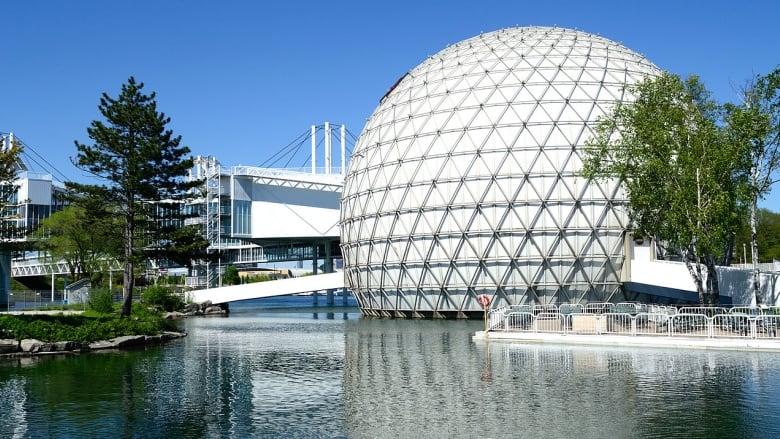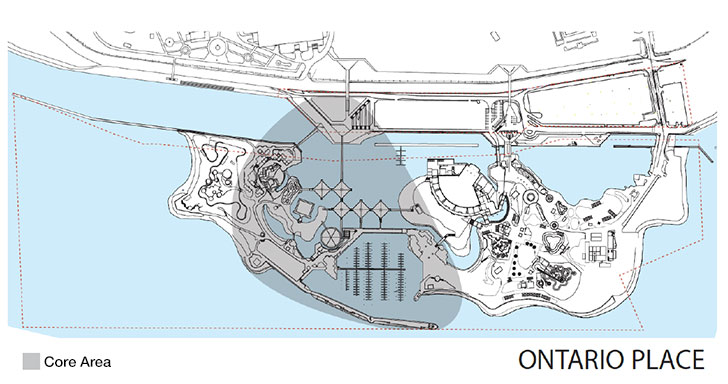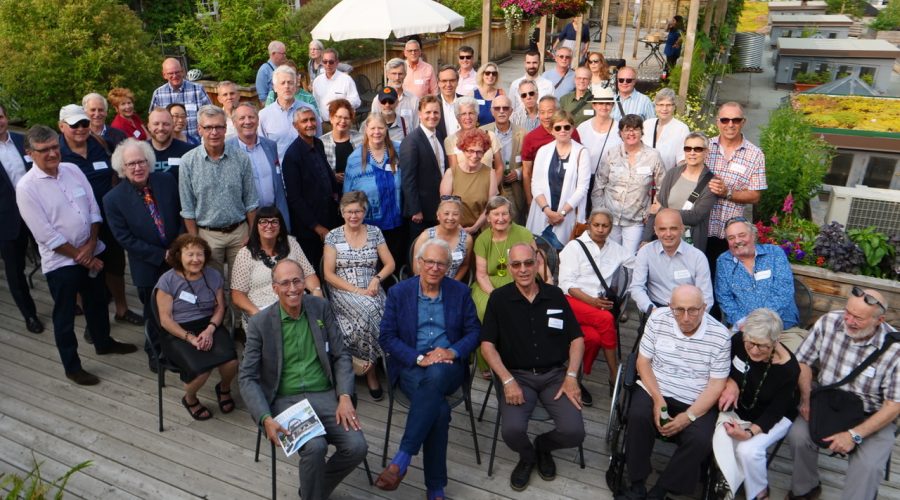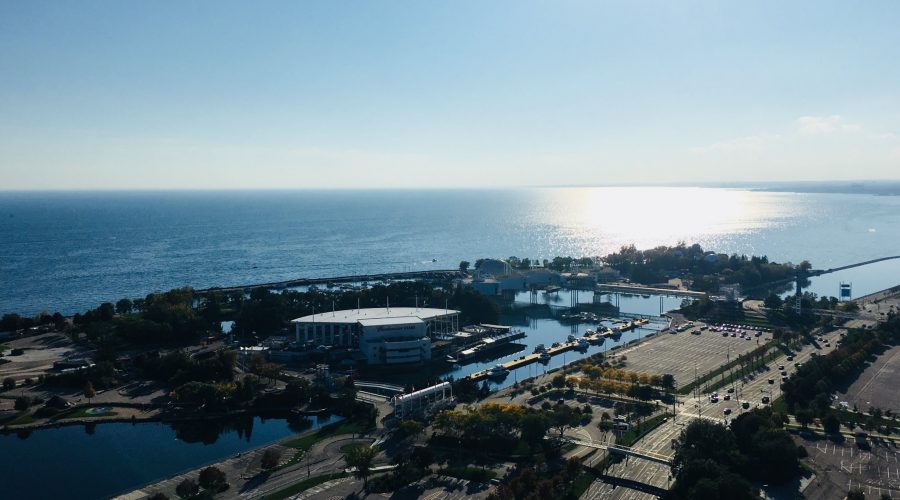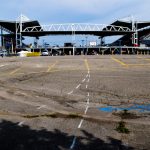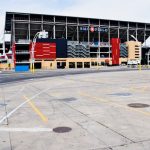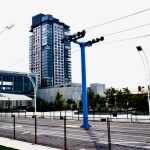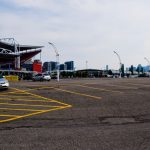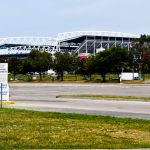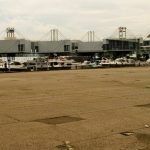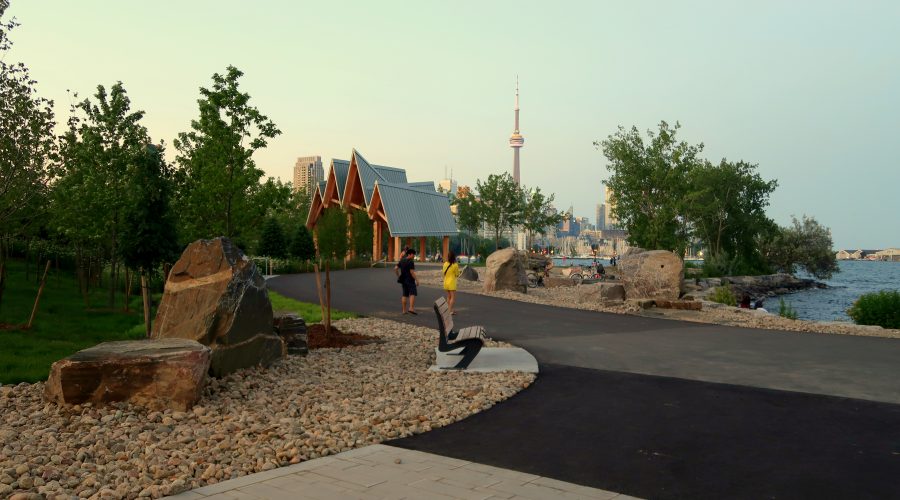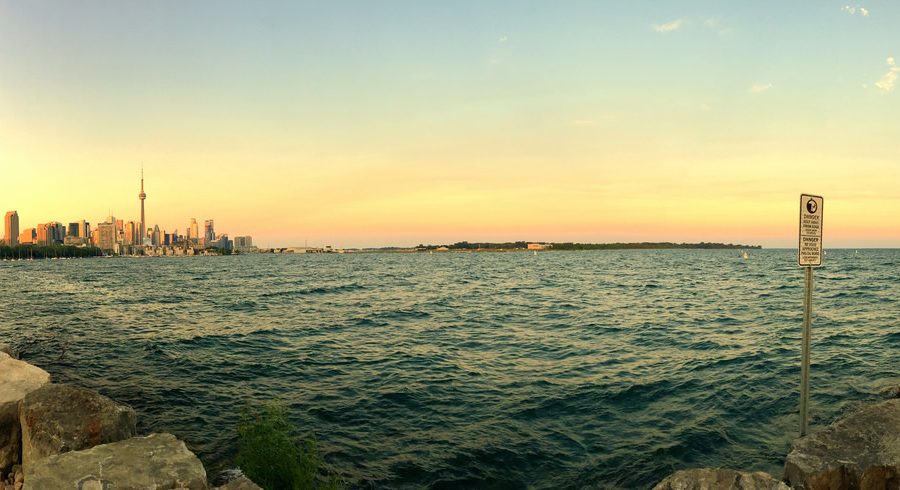Don’t Blow This New Opportunity at Ontario Place
Don’t Blow This New Opportunity at Ontario Place.
Ontario Place for All says the Ontario Government now has a chance to fix its mistake and start over with its plans to spoil the iconic park on Toronto’s waterfront. Ontario Place for All says the process for selecting the winning redevelopment proposal has been delayed, and the government should use the opportunity to rethink its approach to the idea.
To assist in the rethink, Ontario Place for All today released a framework for a reimagined Ontario Place, produced in conjunction with the International parks’ experts, HR&A Associates. Ontario Place, The Value of Toronto’s Public Space proves the government’s focus on the private sector redevelopment of Ontario Place delivers only short-term profits at the cost of longer-term benefits.
Toronto has benefitted from a new vision for the City’s waterfront that used existing heritage landscapes, prioritized the public nature of the spaces, and accommodated a wide mix of activities and diverse communities.
“When compared to public use spaces,” says the report, “commercial uses will typically create short-term improvements but at the expense of long-term enduring benefits.” It says public spaces create stable neighbourhoods, increasing social interaction between different groups and increasing residents’ sense of belonging.
The report also says City’s public spaces are a key reason companies and workers locate in Toronto. “Local amenities are particularly important for employees in the knowledge economy sector.” They increase the attractiveness of working in Toronto by 33%.
Ontario Place for All is calling on the government to use the report as a foundation for a new vision for Ontario Place, one that respects the heritage and cultural history of the site. It should take a more comprehensive approach to reimagine the lakefront site, starting with a robust consultation process. Ontario Place for All also believes there should be an international competition to come up with a new plan for Ontario Place, as was done for Toronto’s iconic City Hall. In the coming weeks, we will be asking you to support our call for a rethink and a competition to bring the best ideas forward.

